Accepted Scientific Name: Oreocereus trollii Kupper
Monatsschr. Deutsch. Kakteen-Ges. 1: 96, in obs. 1929

Borzicactus trollii (Oreocereus trollii) Photo by: Diego Armentano
Growing habit on the the mountains of Humahuaca in the province of Jujuy, Argentina 3400 metres above sea level.
Origin and Habitat: South Bolivia (Chuquisaca, Tarija, Potosí ), North Argentina (Jujuy, Salta )
Altitude: 2900-4300 metres above sea level.
Habitat: It grows in very arid mountainous area where its thick hair protects it against light night frosts and from the intense sunlight found at the altitude in which it resides.
Synonyms:
See all synonyms of Oreocereus trollii
back
Accepted name in llifle Database:Oreocereus trollii KupperMonatsschr. Deutsch. Kakteen-Ges. 1: 96, in obs. 1929Synonymy: 10
back
Common Names include:
ENGLISH: Old Man of the Mountain, Old Man of the Andes
Description: Oreocereus trolliiSN|3392]]SN|3392]] a.k.a. the Old Man of the Andes is a s shrubby columnar cactus with fine, completely enveloping hair and powerful coloured spination, but much dwarfer in stature than Oreocereus celsianusSN|3392]]SN|5952]]. Young plants of Oreocereus trolliiSN|5952]]SN|3392]] are also very popular in small cacti collections.
Habit: It branches at the base and forms clumps of short chunky columnar shoots that can lay sideways with time. In young plants the shoots are like thick spheres and difficult to recognise as belonging to an Oreocereus.
Stems: 6-10 cm in diameter, at first almost globular, then up to1 m tall (usually less than 50 cm), light-green with a dense, cocoon-like covering of wool (actually radial spines that have evolved to resemble "hairs"), which entirely covers the stem and from which spines emerge.
Ribs: 15-25, low, strongly tuberculate.
Radial spines: Oreocereus trolliiSN|3392]]SN|3392]] has 10 to 15 very fine creamy-white or greyish modified spines up to 7 cm long that look like hair or wool.
Central spines: 3-5, stout awllike-like up to 5 cm yellow, orange, orange-red or brown, dark tipped, protruding through the fine, woolly, hair-like radial spines..
Flowers: Up to 4 cm long pink to violet red and semi-tubular in shape.
Blooming season: Summer.
Fruits: Globose.
Subspecies, varieties, forms and cultivars of plants belonging to the Oreocereus trollii group
Bibliography: Major references and further lectures
1) Edward Anderson “The Cactus family” Timber Press, Incorporated, 2001
2) James Cullen, Sabina G. Knees, H. Suzanne Cubey "The European Garden Flora Flowering Plants: A Manual for the Identification of Plants Cultivated in Europe, Both Out-of-Doors and Under Glass" Cambridge University Press, 11/Aug/2011
3) David R Hunt; Nigel P Taylor; Graham Charles; International Cactaceae Systematics Group. "The New Cactus Lexicon" dh books, 2006
4) Urs Eggli, Leonard E. Newton: “Etymological Dictionary of Succulent Plant Names” Springer, Berlin/Heidelberg 2010
5) N. L. Britton, J. N. Rose: “The Cactaceae. Descriptions and Illustrations of Plants of the Cactus Family.” Volume II, The Carnegie Institution of Washington, Washington 1920
6) Gerhard Gröner, Erich Götz “Beautiful Cacti: A Basic Grower's Guide” Sterling, 1992
7) Walther Haage “Cacti and succulents: a practical handbook” Dutton, 1963
8) Sir Oliver Leese “Cacti” Triune Books, 1973.
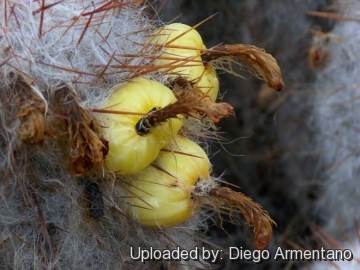 Fruiting habit at La Quiaca, Jujuy, Argentina. (Oreocereus trollii) Photo by: Diego Armentano
Fruiting habit at La Quiaca, Jujuy, Argentina. (Oreocereus trollii) Photo by: Diego Armentano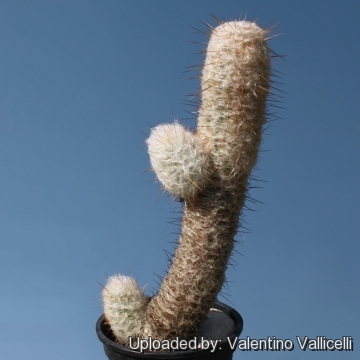 Borzicactus trollii (Oreocereus trollii) Photo by: Valentino Vallicelli
Borzicactus trollii (Oreocereus trollii) Photo by: Valentino Vallicelli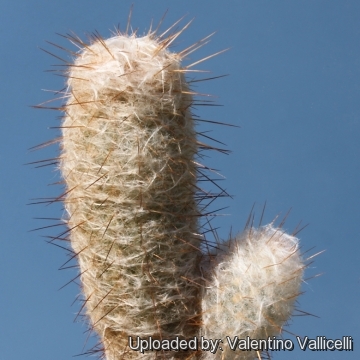 Borzicactus trollii (Oreocereus trollii) Photo by: Valentino Vallicelli
Borzicactus trollii (Oreocereus trollii) Photo by: Valentino Vallicelli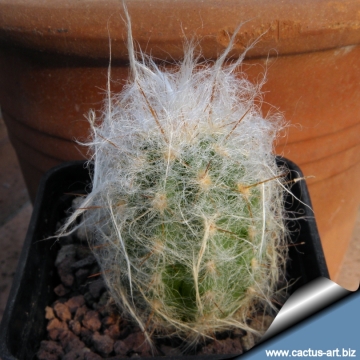 Borzicactus trollii (Oreocereus trollii) Photo by: Cactus Art
Borzicactus trollii (Oreocereus trollii) Photo by: Cactus Art Rebutialand cactus collection Demjén, Hungary. (Oreocereus trollii) Photo by: Agócs György
Rebutialand cactus collection Demjén, Hungary. (Oreocereus trollii) Photo by: Agócs György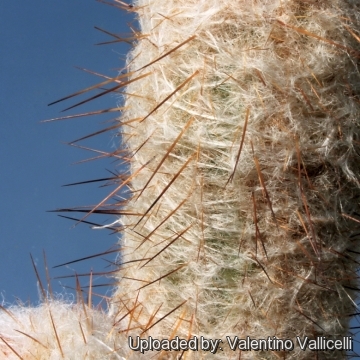 Borzicactus trollii (Oreocereus trollii) Photo by: Valentino Vallicelli
Borzicactus trollii (Oreocereus trollii) Photo by: Valentino Vallicelli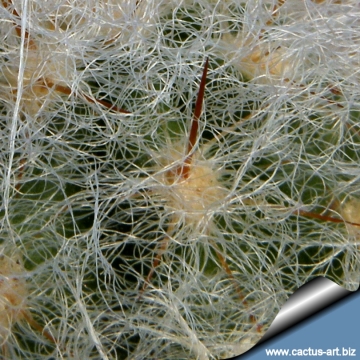 Borzicactus trollii (Oreocereus trollii) Photo by: Cactus Art
Borzicactus trollii (Oreocereus trollii) Photo by: Cactus ArtSend a photo of this plant.The gallery now contains thousands of pictures, however it is possible to do even more. We are, of course, seeking photos of species not yet shown in the gallery but not only that, we are also looking for better pictures than those already present.
Read More... Cultivation and Propagation: Oreocereus trolliiSN|3392]]SN|3392]] is a a much decorative frost hardy cactus easily found in cultivation.
Soil: Grow it in a rich and particularly draining substratum, as it is very sensitive to rottenness when in presence of humidity and low temperatures and let the soil dry out between waterings.
Water: In summer, during the vegetative period, it must be regularly watered, but allowing the substratum to completely dry up before irrigating again; in winter, it’s to be kept dry. Preferable not to water on overcast days, humid days or cold winter days.
Hardiness: The plant is tolerant of temperatures down to 10° C (or less) if kept dry and in a dormant state during the winter. In wet winter areas it is recommended to keep the plant in a sunny greenhouse enclosure to keep dry and protected from wet conditions. However in cultivation it is better not to expose it to temperatures lower than -5° C, even if in an aerated and protected location In presence of high atmospheric humidity avoid any frost as it is particularly sensitive to root rot. Outdoors this plant is very adaptable, as long as you avoid excessive humidity in the winter months.
Exposure: It need full sun exposures with ample airflow for best appearance, but, as a former mountain dweller, does not care for extremely high temperatures in summer.
Maintenance: Repot in the spring, when their roots become cramped. Generally, they should be repotted every other year in order to provide fresh soil. After repotting, do not water for a week or more.
Use: Excellent as landscape or patio plant. It is suitable for small “desert” gardens, in association with other xerophytes. Where the open air cultivation is not possible due to the climate, it is to be cultivated in pot in order to shelter it in winter.
Propagation: By seeds and by cuttings, provided left drying up well, in summer.

















